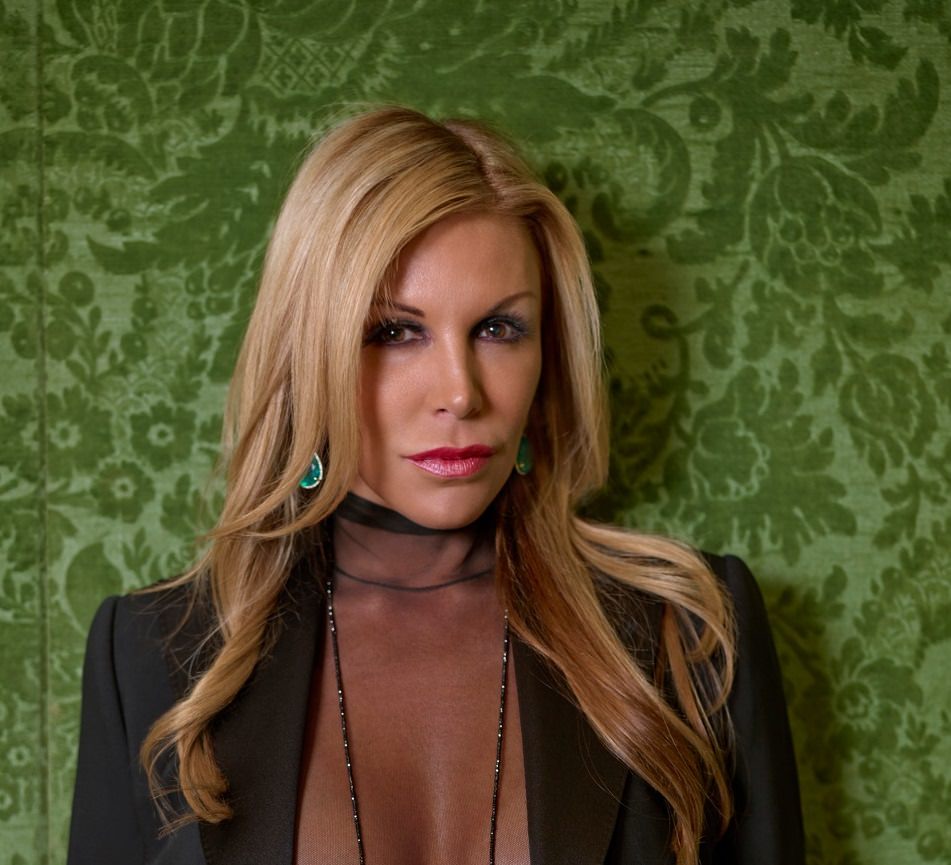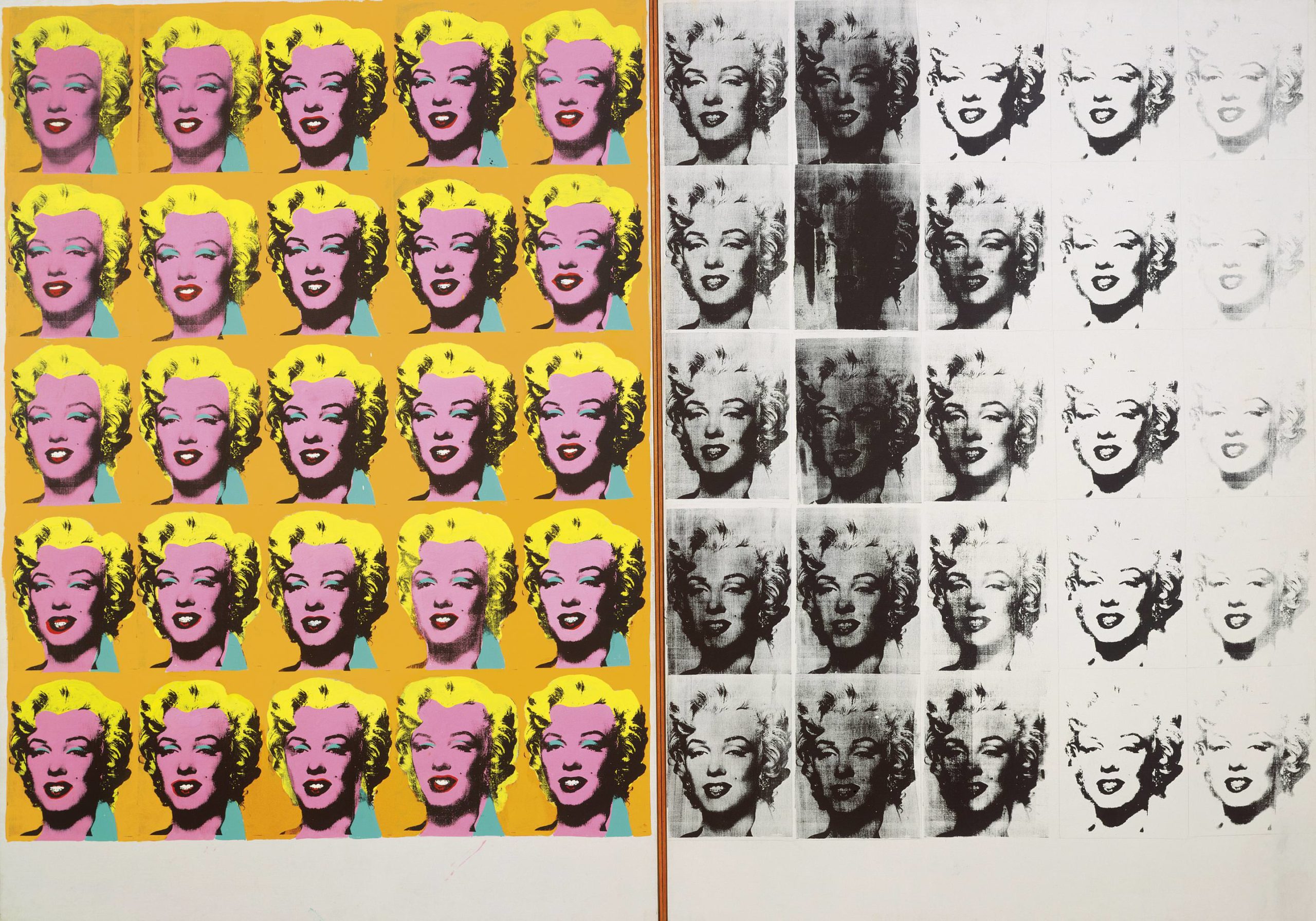An MZ Wallace bag doesn’t scream out for attention—you’ll find no big labels or over-the-top details that clue you in on its branding. What an MZ Wallace gets noted for is its unparalleled function and clean design, which is something that contemporary women with active lives (anywhere, but especially in New York) appreciate of. Monica Zwirner founded the brand with partner Lucy Wallace in 1999, after the two had gotten to know one another professionally in the fashion world. More than 15 years later, and at home in SoHo, Zwirner and Wallace continue to design covetable totes that their customers continue to throw over their shoulders. They’ve also collaborated with charities like Edible Schoolyards and charity: water, as well as artists such as Glenn Ligon, Raymond Pettibon, and Marcel Dzama.
Whitewall spoke with Zwirner about designing, working with artists, and finding inspiration in contemporary art—on her own walls and those of the galleries and museums she frequents (her husband, we should point out, is, after all, mega-gallerist David Zwirner).
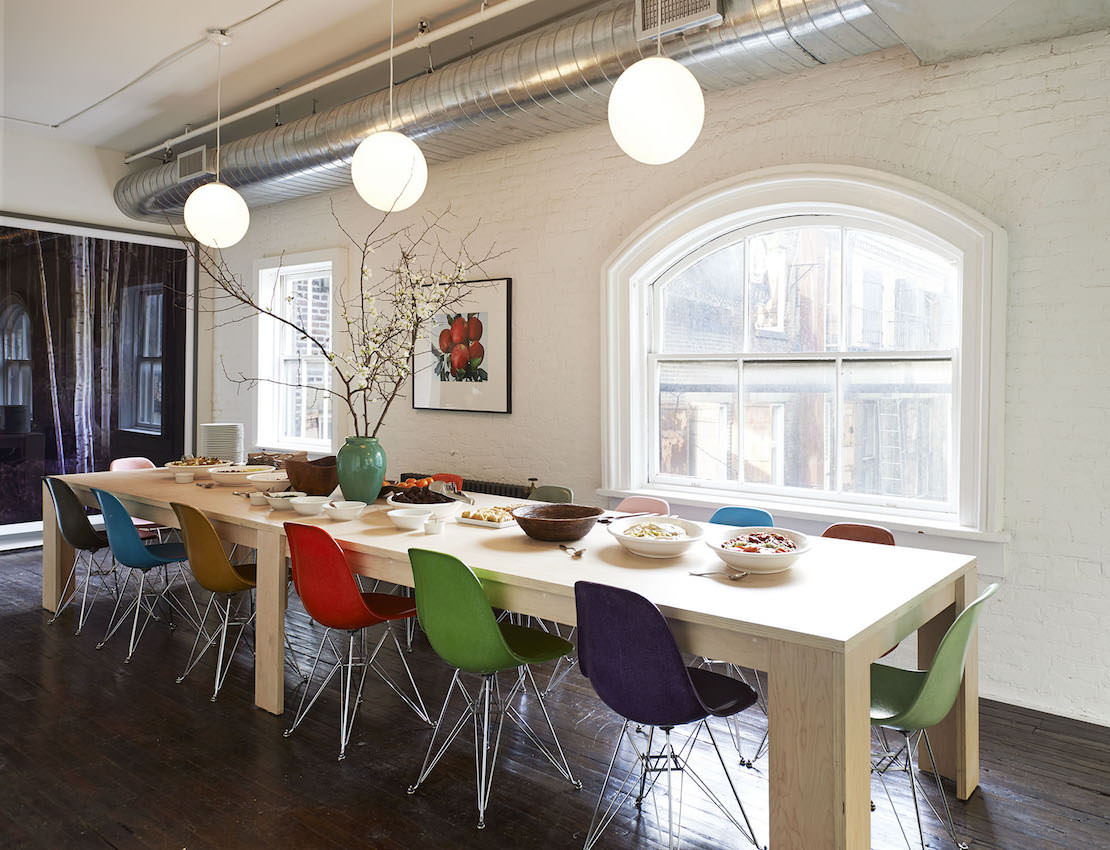
WHITEWALL: You worked in fashion as a stylist in New York and around Europe. What initially drew you to fashion?
MONICA ZWIRNER: From a young age I loved fashion as a form of expression. I was never particularly interested in fashion magazines or adhering to trends; rather, I loved the way that fashion and personal style could influence both how I felt about myself as well as how people viewed me. As a teenager I loved going downtown and hunting for great finds in various vintage stores in the Village. I think that discovering a personal sense of style can be empowering for young women—it certainly was for me.
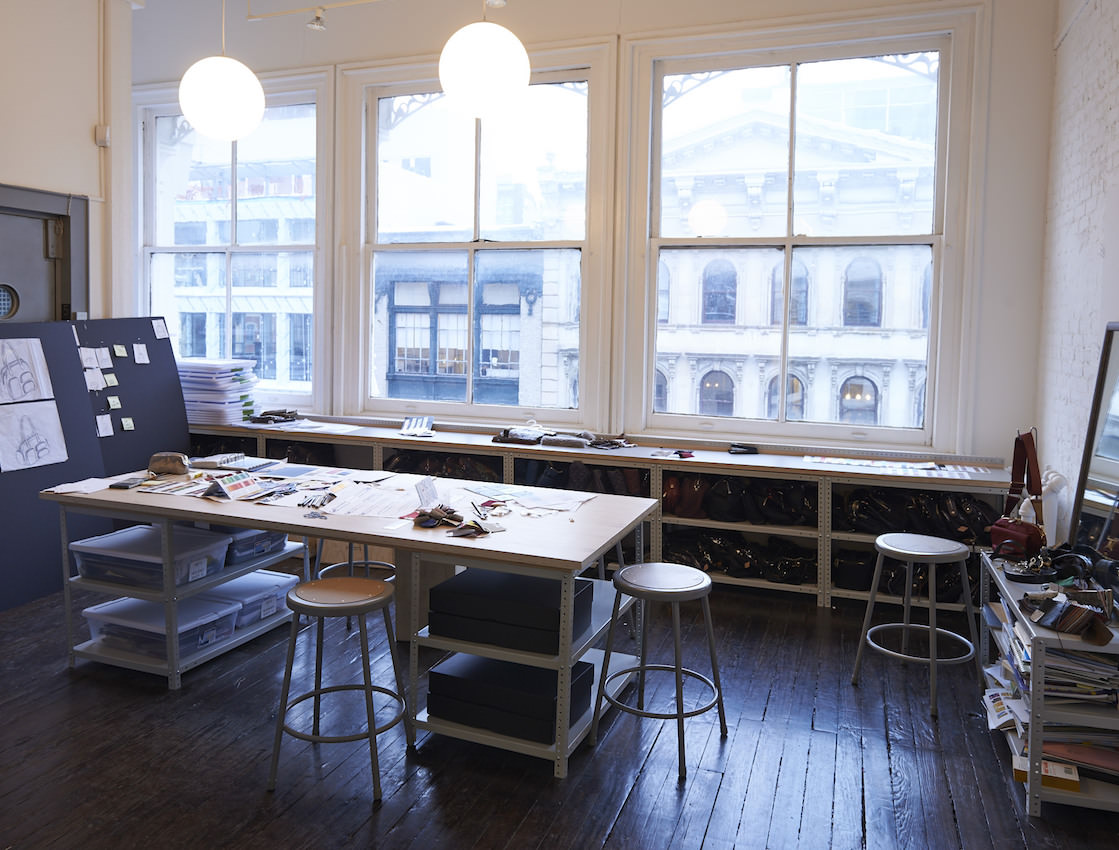 Every Friday the MZ Wallace team enjoys lunch together in the dining area of the MZ Wallace showroom, surrounded by the works of Christopher Williams and Thomas Ruff.
Every Friday the MZ Wallace team enjoys lunch together in the dining area of the MZ Wallace showroom, surrounded by the works of Christopher Williams and Thomas Ruff.
WW: You knew Lucy around the time when she worked at Manolo Blahnik. The two of you reconnected in 1999 and later founded MZ Wallace. What was the initial mission for MZ Wallace then? What were you looking to create that wasn’t around at that time?
MZ: At that time, the fashion world was rediscovering logos, which never appealed to me. I always tended toward a pared-down aesthetic. What I was not finding were elegant and functional bags that were affordable and not dominated by logos. I believed it would be possible to design great bags using nylon and luxurious leathers. It seemed so obvious, but no one was doing that.
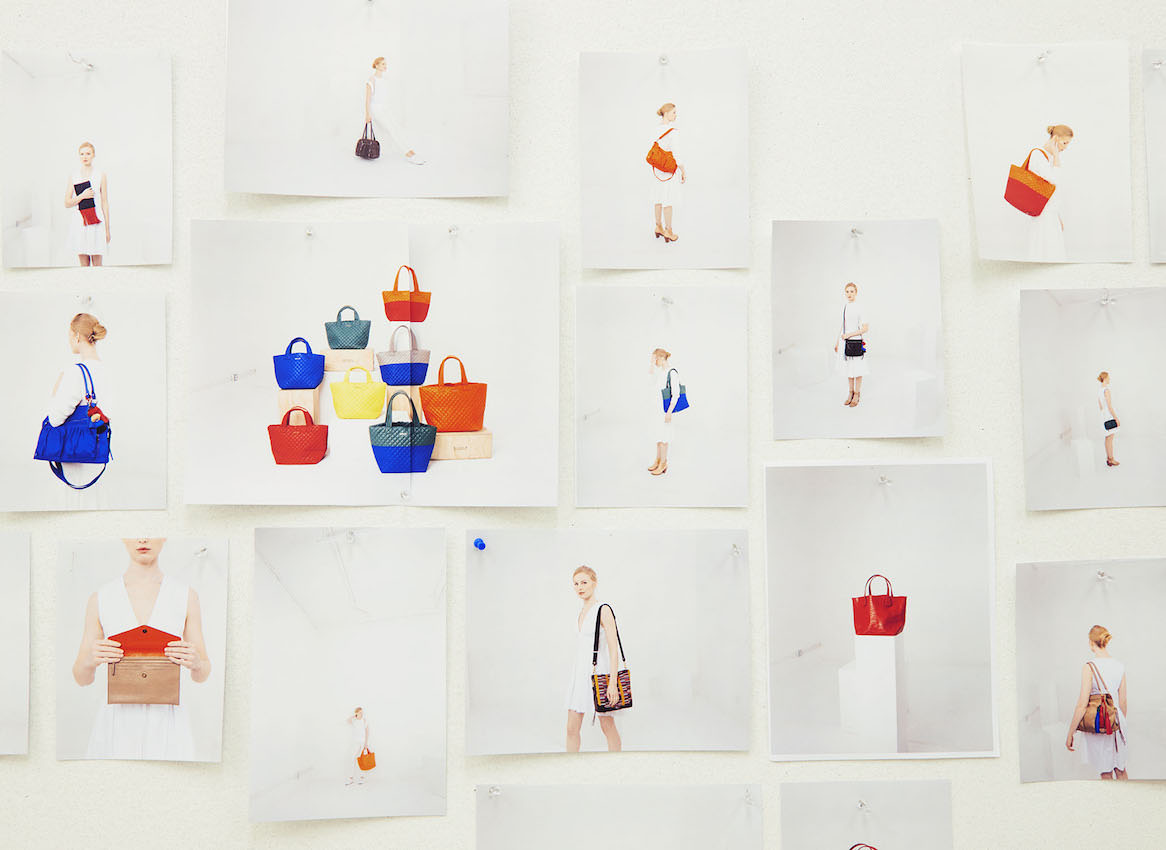 The design studio at the MZ Wallace corporate headquarters in SoHo.
The design studio at the MZ Wallace corporate headquarters in SoHo.
WW: Has that mission evolved?
MZ: Fifteen years later, the mission is the same: to design distinctive accessories for women who lead dynamic lives. When we first started working with the New York factories, the factory owners kept telling us that we were wasting our money using such expensive leather on nylon bags, but that was exactly the point! Today with so many choices and easy access to fashion online, women are looking for clothing and accessories that work for their lifestyle. Who would have thought that women would wear leggings instead of jeans? And those same women are now excited to find an accessory brand that thoughtfully designs bags for their active lifestyle.
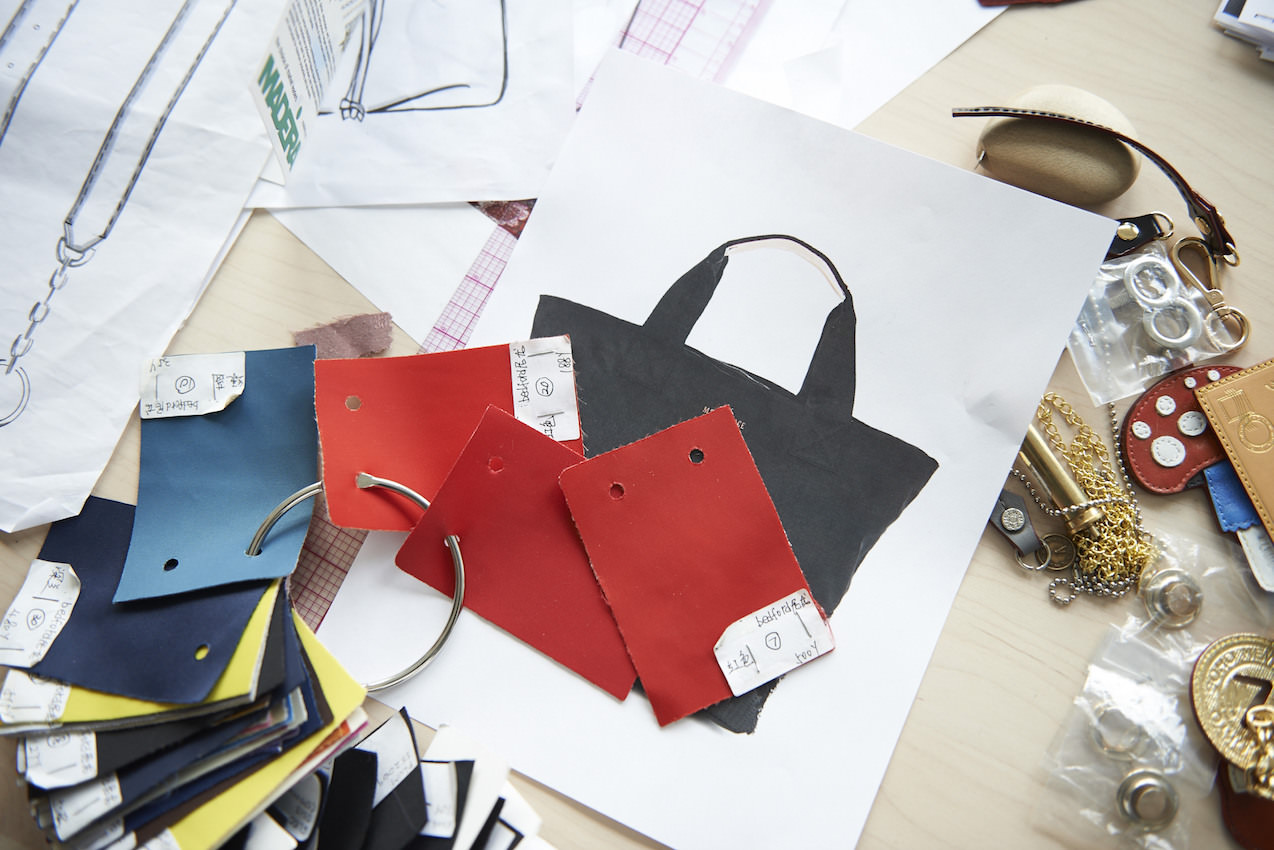 Inside the MZ Wallace Soho studio.
Inside the MZ Wallace Soho studio.
WW: You’ve said, “Our goal is always to design bags that have a balance of style and function. Both you and Lucy are born and raised in New York—what about the New York lifestyle requires functional fashion?
MZ: Lucy and I are our customers; we are busy mothers who work, travel, and constantly attend events. Someone recently said to me, “In other parts of the country people have cars, and that is where they carry their daily life, but in New York you don’t drive as much so your handbag is your home away from home.” I think that’s true. Whether I am in New York or traveling, I find that having a stylish accessory is something that I really love. I need a bag that works for me from the time that I go to the design studio in the morning to the evening when I might be attending a gallery opening, and on to dinner at a restaurant, and that’s what our bags are designed for.
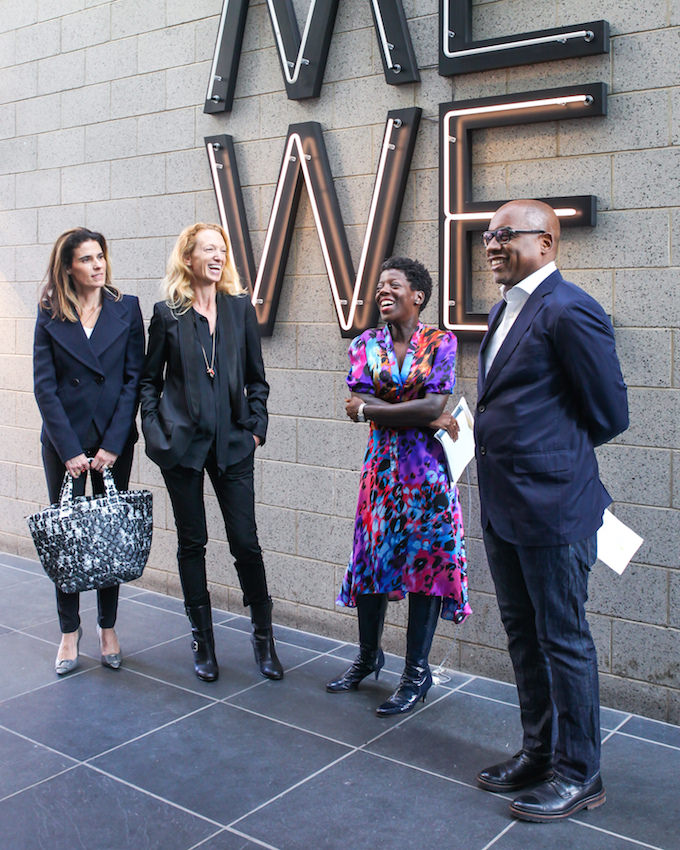 Inside the MZ Wallace Soho studio.
Inside the MZ Wallace Soho studio.
WW: MZ Wallace still flies under the radar, as you don’t advertise. And you’ve said that you often get the question of who the MZ Wallace woman is. Why did you choose to answer that with a series of portraits of women shot by Anna Bauer? What do you think her portraits have revealed?
MZ: We decided that perhaps the best way to talk about the MZ Wallace woman was to “feature” successful women we respect. “Success” is a word that’s often used, but what defines success? So we worked with photographer Anna Bauer and commissioned portraits of women we respect and consider successful: a boxer, an artist, a mother, a museum curator. Over the course of two years, Anna shot 16 women who were of all ages and walks of life. If we had an MZ Wallace club, the only thing that everyone would have in common would be that they are all sincerely curious people with a love of life.
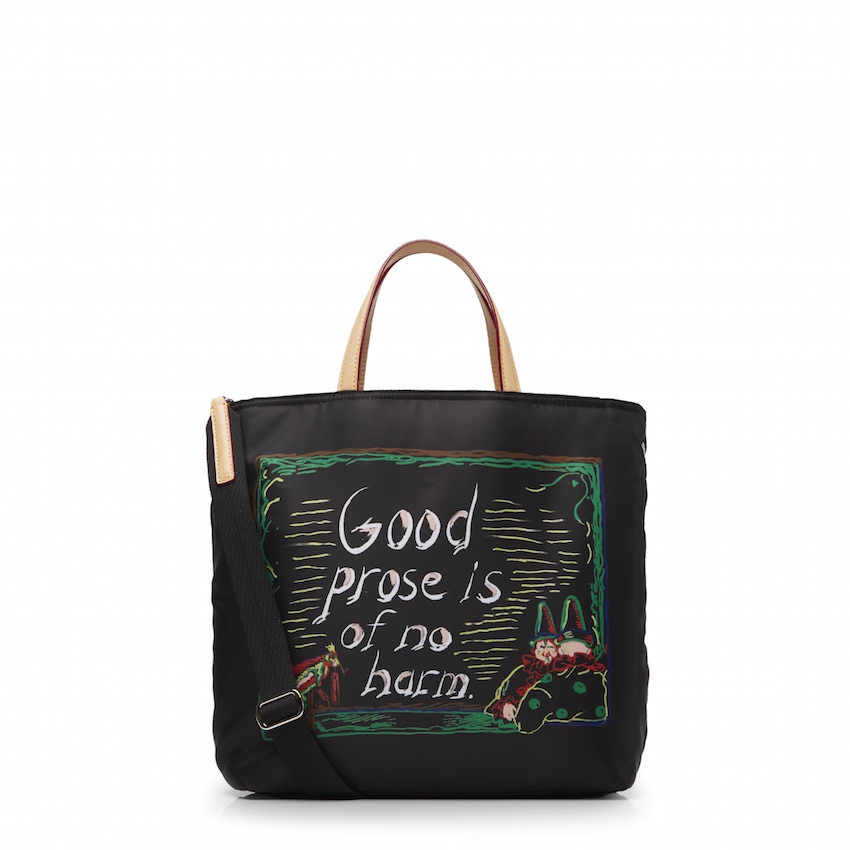
WW: You’ve done a number of charity collaborations—with Food52 and charity: water most recently, Glenn Ligon and the Studio Museum in Harlem, Edible Schoolyards, Artists for Haiti and Raymond Pettibon. Why are these collaborations important for MZ Wallace? What have they bought back to your studio and design process?
MZ: One of the great privileges of owning your own company is being able to decide who you want to help and how. Lucy and I both feel committed to helping others, and we are so happy we can use our company in this way. Collaborations bring a fresh perspective to the design process. I believe that you can learn a lot about a company by seeing who they collaborate with and if they are philanthropic or not. We recently launched an MZ Wallace tote in collaboration with Raymond Pettibon to support the New York Public Library, and I am incredibly excited about this project.
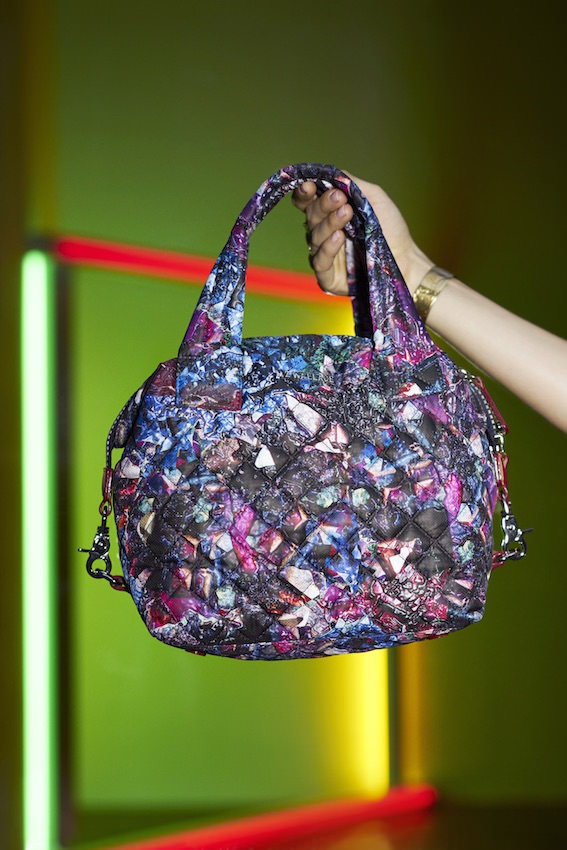 The Library tote in black bedford by MZ Wallace in collaboration with Raymond Pettibon in support of The New York Public Library.
The Library tote in black bedford by MZ Wallace in collaboration with Raymond Pettibon in support of The New York Public Library.
WW: For the “I Am Somebody” collaboration with Glenn Ligon and the Studio Museum in Harlem, Ligon said of you, “Monica really understands and values working with artists. This bag wasn’t just me turning over a JPEG and then seeing a final product months later. The process was incredibly collaborative . . . the end result is not just a lovely bag—it’s really a wearable work of art.” What is the process of designing a bag with an artist like?
MZ: Working with Glenn on the bag for the Studio Museum was an incredible experience. Each artist is different, so I don’t think I can say the process of working with an artist is “X.” The inspiring side of working with artists is that they each have their own practice, their own views, and their own way of expressing themselves. Glenn was involved in all aspects of the process. We had a preliminary meeting to discuss the shape and style that we thought would work, and then talked about what would best translate and not lose his vision in the process. It took a few tries to get the print to the right scale, depth, and density, but when the final sample came in and we all looked at it together it was clear to all of us that we had created what we had set out to make, and we were thrilled that Glenn was as excited as we were.
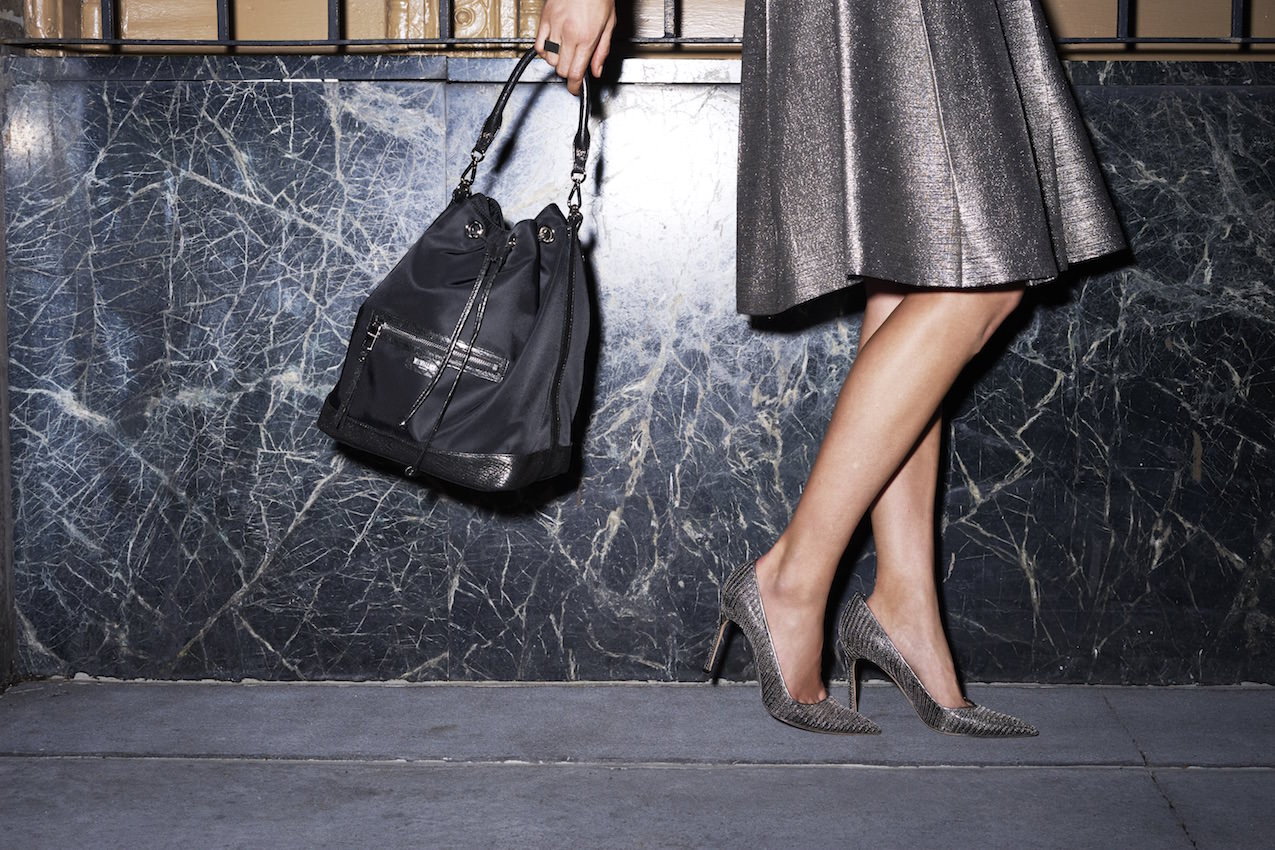
WW: You’ve also said that you’ve made a point of not working with artists as much, because it can become something else. When does it make sense for you to work with an artist?
MZ: Working with an artist is a great privilege, and I fear that too many companies try to collaborate with artists for the wrong reasons. We have done very few collaborations in part because it should be something very special or for a special cause. I think it makes sense to work with an artist when there is an authentic reciprocal desire to create something together.
WW: Are there any artist you’d still love to collaborate with in the future?
MZ: There are many artists we would love to collaborate with. A decade ago we created limited-edition fine jewelry with Marcel Dzama, and that’s something we would like to try again with another artist.
WW: Outside of MZ Wallace, you have personal relationships with artists. Have you always been drawn toward the arts?
MZ: Yes, outside of MZ Wallace, my life is very intertwined with artists. It’s one of the many great advantages of having a husband who works in the arts. I have always been interested in the arts. Growing up in New York it feels a bit like a birthright, and I love that I am able to connect with artists, not only personally, but also professionally though MZ Wallace.
WW: Would you consider yourself and your husband, David Zwirner, collectors? Do you collect art together?
MZ: David and I are not collectors, but we do live with a lot of art, mostly from artists we know well. But I also do love older art, and one of my favorite pieces at home is a portrait of a young woman which hangs in our bedroom and comes from the French School of Fontainebleau.
WW: Do artists or any specific works ever inspire what you do at MZ Wallace?
MZ: Yes, we are often inspired by artists as we are always looking at gallery shows, museum shows, and international art events. Just this summer we created a special group of bags and accessories inspired by the work of the late Austrian sculptor Franz West. He used African prints in some of his work, combining disparate colors and patterns, and this inspired our Kamo summer collection.
WW: Is there a medium, movement, or group of artists you find yourself drawn to over and over again?
MZ: For some reason many of my favorite artists are from Belgium and the Netherlands. From contemporary artists such as the painters Luc Tuymans, Marlene Dumas, Michael Borrëmans, and the artist Francis Alÿs to the work of the late great painter Raoul De Keyser. And I love the Northern Renaissance painters, who are probably my favorites of all time.
WW: Your stores and SoHo showroom are full of contemporary art. What works do you have there?
MZ: When we opened our store in SoHo 15 years ago, we wanted the space to keep the feel of the SoHo neighborhood, which used to be home to both artists and galleries. Annabelle Selldorf was the architect we worked with who helped us create this feel for the SoHo store. In it we have a large Thomas Ruff photograph on the back wall, which you can see from the street. It is a strong image, and I love the way it looks in that space. We also have a small photograph by the artist Christopher Williams, who just last year had a midcareer retrospective at MoMA. It is an image of a man examining a “corpse” flower, one of the largest to bloom in the world. It’s a very unusual image and I love to look at it when I visit the store. We have a wonderful early painting, Big Marie, by one of my favorite artists, Lisa Yuskavage. It sits in our conference room and depicts a young woman who stares a bit skeptically out from the canvas. I recently purchased a painting by Anna Bauer, a woman who has primarily been a photographer and who recently started working on canvas, it is in my office and as she is a good friend. I’m happy to own one of her very first works.
WW: Are there any pieces you find daily inspiration from? Say, a work you can see from your desk, or one that you see first thing in the morning?
MZ: I would say that the painting by Lisa Yuskavage is the piece of art that I look at and think about the most. It is beautifully painted in a very intense and somewhat disconcerting shade of green. I find it both mysterious and compelling, and I never enter the room without noticing it. At home we have a large diptych of a man and a woman by Kerry James Marshall. I love this piece and look at it every day. I can’t wait to see his show next year at the Met Breuer when it opens in 2016. I know his show will be spectacular.
WW: How do you think living with art, working around art, and knowing artists has affected you?
MZ: I guess I would answer how has it not affected me? Art and artists are so integral to my life that I can’t imagine another way of living. Our children grew up with art around them, and I know many of their earliest memories are of spending time with artists: Raymond Pettibon painting a huge surfer on our living room wall, Yutaka Sone racing miniature cars with our son, the kids playing hide and seek among a Jason Rhoades installation—these are experiences that helped shape who they are and who David and I have become. Because I have been fortunate enough to live with art and know artists, I feel my view on the world is richer. Being involved with art and artists shapes all of my aesthetic experiences and keeps me from becoming complacent visually and ideologically.
This article is published in Whitewall‘s winter 2016 Luxury Issue.







